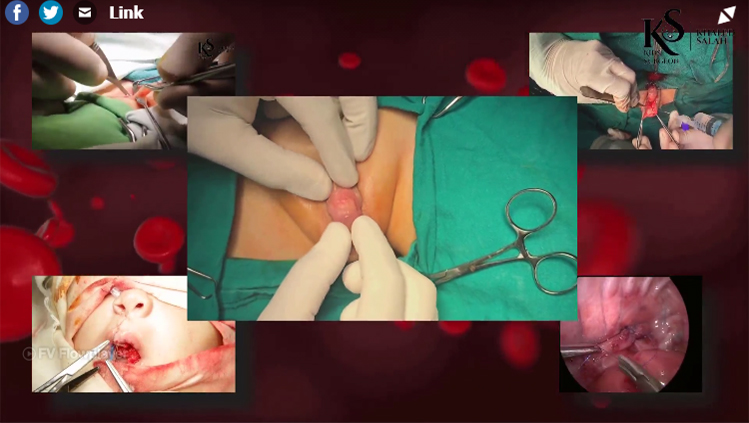Hypospadias
Hypospadias, a penis birth defect of the urinary opening, affects approximately 1 in 200 newborn boys. Surgery is usually recommended to restore cosmesis and function, and the most common operation performed world-wide is the TIP repair, also known as the Snodgrass procedure. Dr. Snodgrass and Dr. Bush perform hundreds of hypospadias operations and reoperations each year, and their published results are among the best in the world.
In some boys, especially those with proximal hypospadias, the penis is bent downwards to such an extent that sexual activity can be impaired as an adult. Nearly all patients with hypospadias have only a partial foreskin that makes the penis look neither natural nor circumcised. Boys with proximal hypospadias may also have a condition called penoscrotal transposition, where the scrotum is located around the penis instead of below it. All of these issues can be corrected.
The most common way used around the world to fix distal hypospadias is the TIP repair, which is more commonly known as the “Snodgrass repair”. We have 95% success correcting distal hypospadias.
It is very important that the operation is done correctly the first time. If not, the risk of complications increases significantly. For this reason, distal hypospadias should never be considered a “minor” surgery.
Hypospadias refers to a urinary opening below the normal position at the tip of the penis. It is the second most common birth abnormality, occurring in approximately 1 in 200 newborns. The cause is not known. Most often the urinary opening is on or near the head of the penis (“distal hypospadias”), but it can be located further down near the scrotum or anus (“proximal hypospadias”). The abnormal opening can result in difficulty aiming into the toilet, although this may not be apparent for infants wearing diapers.
Most boys with hypospadias do not have other major medical problems. Occasionally, one or both of the testicles may not be located in the scrotum. If hypospadias and cryptorchidism (abnormal testis position) occur together, we may recommend additional testing.
While many consider distal hypospadias repair a “minor” operation, recently published data shows that pediatric urologists have complications as high as 60% for distal hypospadias repairs. The average number of repairs done by pediatric urologists in the United States is only one a month, whereas we operate on hypospadias almost every day.
We do not recommend preoperative testosterone treatments. These have been used to grow the penis larger and to possibly increase blood flow to the skin. However, our studies have shown that results of surgery are not improved by testosterone. In fact, preoperative treatment with testosterone may increase complications and sometimes causes side effects such as aggressive behavior and pubic hair in infants and children.






